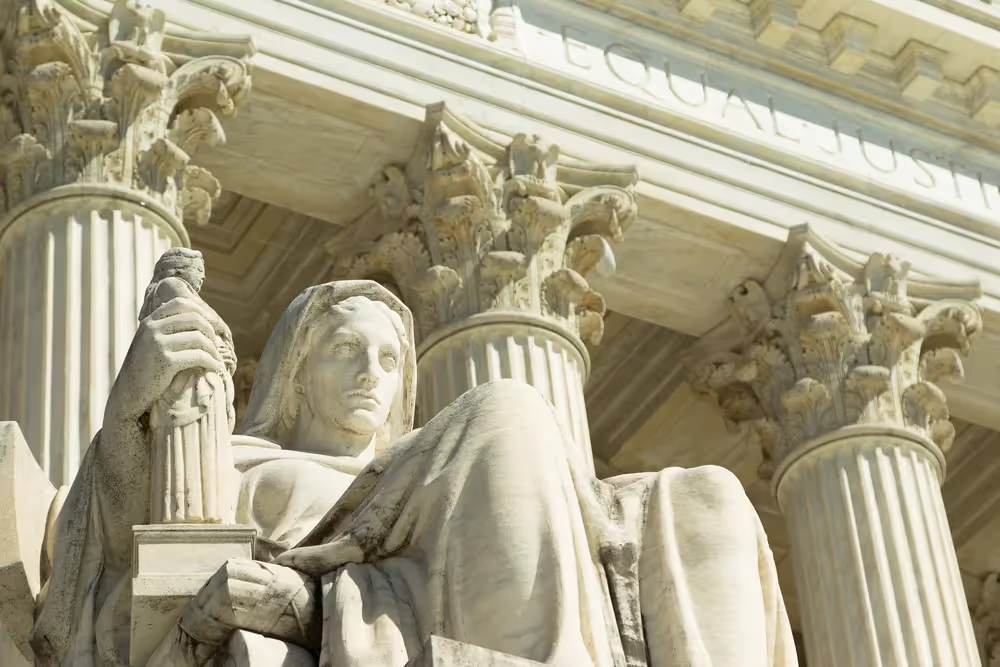
Free Speech Coalition v. Paxton and a Few First Amendment Principles
The case was about the fundamental question of who should decide how to resolve and balance sensitive policy considerations. Fortunately, a majority of Justices recognized that it should be parents and their elected representatives.
Does the First Amendment guarantee children access to hardcore pornographic material? Of course not. There’s wide agreement on that point (though less than there should be, particularly for teenagers). But there’s equally wide disagreement about how states may regulate access to such material to keep children from viewing it.
Of course, this problem isn’t new. But the Supreme Court previously pontificated on the contours of permissible regulation in an analogue—or, at the latest, early dial-up—era. The scope, scale, and general availability of today’s hardcore pornographic material didn’t exist 20-30 years ago. As Justice Clarence Thomas pointed out in his recent majority opinion in Free Speech Coalition v. Paxton, in 2019 alone, one pornographic website involved in the case “published 1.36 million hours—or over 150 years—of new content.” And even more troublingly, as Thomas explained, “[m]any of these readily accessible videos portray men raping and physically assaulting women—a far cry from the still images that made up the bulk of online pornography of the 1990s.”
It’s not an exaggeration to say that today’s internet—and, in turn, our hyperonline society—is awash in a tsunami of hardcore, harmful pornography. And with more ways today to access this material than ever before, children are more likely to.
It’s against this backdrop that Texas (and 21 other states) decided to take action to try to protect children. Since the Supreme Court previously said that it’s okay for states to require brick-and-mortar adult bookstore operators to verify the ages of those accessing their wares, the states reasoned that the same should hold for those who purvey the same material—or worse—online. So, Texas passed a law requiring adult website operators (those that have “more than one-third of [material] which is sexual material harmful to minors”) to simply verify that those accessing their materials aren’t minors.
But this provoked controversy, and the Free Speech Coalition—a trade group representing pornographers and other members of the adult entertainment industry—filed a federal lawsuit alleging that this law violated the First Amendment.
The District Court agreed, but the Fifth Circuit reversed. Ultimately, the Supreme Court, in a 6-3 decision by Justice Thomas, agreed with the Fifth Circuit that Texas’s law did not violate the First Amendment but did so for slightly different reasons.
How Closely Should Courts Look Under the Hood of a Law?
Those reasons focused almost exclusively on how much deference courts should give to state legislators when reviewing a law that those legislators passed. And to decide that important question, the Court had to decide whether the law burdened protected speech, or any speech at all. This matters because courts determine the level of deference to give by deciding which “tier of scrutiny” should apply to a particular case or class of cases. Most cases undergo rational basis review. This deferential standard says that so long as a law is “rationally related to a legitimate government interest,” the courts will uphold it. As Justice Thomas recently wrote in his United States v. Skrmetti concurrence, this
deferential standard . . . is practically essential for preserving ‘the original constitutional proposition that courts do not substitute their social and economic beliefs for the judgment of legislative bodies’ . . .
But when fundamental rights are implicated or a law involves a suspect classification (like race or religion), courts apply strict scrutiny. This means that for a law to pass constitutional muster, the legislature must show that the law “(1) serve[s] a compelling government interest, (2) [is] narrowly tailored to achieve it, and (3) [is] the least restrictive means of advancing it.” Litigants, lawyers, and legal academics have long lamented (or at least acknowledged) that this standard often proves to be “strict in theory, but fatal in fact,” meaning courts strike down (or more accurately phrased: find unconstitutional and enjoin enforcement of) laws when applying this standard.
How a court resolves that decision in a particular case can often be outcome determinative.
And the question of what standard of review should apply took center stage at the Supreme Court in Free Speech Coalition v. Paxton.
Is Speech Different? And What Qualifies as Speech?
On the one hand, Texas argued that the Court should apply deferential rational basis review because its age-verification law didn’t target protected speech or conduct. Speech that is obscene, defamatory, or a true threat—among a few other limited categories—have historically been outside the First Amendment’s ambit. Justice Potter Stewart infamously quipped that “I know it when I see it” in determining whether certain speech is obscene and thus unprotected by the First Amendment. (The Court’s actual test doesn’t provide much more clarity). But with its age-verification law, Texas didn’t seek to ban or even restrict all obscene materials. It only sought to prohibit minors from accessing online material that would be obscene for a minor to view—meaning that while that same content might not necessarily be obscene for an adult to view (though it certainly seems plausible that some, if not much, of the content at issue would be obscene as to adults too), it would be for a minor.
Trying to drive a truck through the opening created by Texas’s narrowly applied obscene-as-to-minors standards, the pornographers argued that strict scrutiny should apply because the law imposed “a content-based burden on adults’ access to constitutionally protected speech.”
Here, the Court rejected the pornographers’ arguments. Justice Thomas pointed out that states routinely require those selling alcohol, tobacco, lottery tickets, tattoos, and fireworks to verify the age of those to whom they are selling. And states can even require that the age of those engaging in activities implicating certain fundamental rights—like buying a gun, voting, or getting married—be verified.
Thomas also elaborated that the “power to verify age is a necessary component of the power to prevent children’s access to content that is obscene from their perspective.” He added that, just as the Court has stated that since the death penalty is constitutional, there must be a constitutional means of carrying it out. So too here. He explained that “because the First Amendment permits States to prohibit minors from accessing speech that is obscene to them, it likewise permits States to employ the ordinary and appropriate means of enforcing such a prohibition.” And “[r]equiring proof of age to access that speech is one such means.”
Still, the Court did not agree with Texas completely. While it upheld Texas’s age-verification law, it didn’t do so by using rational basis review. Instead, it applied intermediate scrutiny, which, as its name implies, is in between rational basis review and strict scrutiny.
To pass muster under intermediate scrutiny, a law must (1) further an important government interest (which is presumably less onerous than a compelling one) and (2) must do so in a way that is substantially related to that interest. But it doesn’t have to do so in the least restrictive way possible. Thomas elaborated that “Intermediate scrutiny, which is deferential but not toothless, plays an important role in ensuring that legislatures do not use ostensibly legitimate purposes to disguise efforts to suppress fundamental rights.”
Justice Elena Kagan, joined by Justices Sonia Sotomayor and Kentanji Brown Jackson, dissented, arguing that Texas’s law directly regulated speech based on its content and that strict scrutiny—rather than intermediate scrutiny—should apply. She claimed (without definitively deciding) that Texas’s law might very well survive strict scrutiny (which would be a rare feat). Essentially, she argued that Texas should have to demonstrate that its law is the least restrictive means available to achieve its goal of protecting minors from accessing this material, although other suggestions, such as requiring all electronic devices to carry embedded filtering software, hardly seem less restrictive.
Rethinking First Amendment Caselaw More Broadly
Moreover, Justice Kagan said that “[s]peech that is obscene for minors is often not so for adults.” And she worried that some “individuals will forgo that speech because of the need to identify themselves to a website (and maybe, from there, to the world) as a consumer of sexually explicit expression.” But is that really what’s happening? Are adults visiting some of the world’s largest pornographic websites for the expressive character of their content? If so, what message are those graphic videos involving violence against women, rape, and even more depraved sexual acts communicating?
Justice Kagan baldly asserts that while “[m]any reasonable people . . . view the speech at issue here as ugly and harmful for any audience[,] . . . the First Amendment protects those sexually explicit materials, for every adult.” Really? That would likely come as news to the Framers and ratifiers of the First Amendment.
This misapprehension raises larger questions about whether it’s time to rethink how Courts apply First Amendment principles and whether Warren Court-era distortions have caused courts to stray far from how this Amendment was understood at the time of its ratification and at the time of its incorporation and application to the states.
Look no further than defamatory statements. State law traditionally governed and provided redress for someone harmed by this category of unprotected speech. But the Supreme Court in New York Times v. Sullivan invented an ahistorical test that, for the first time, constitutionalized certain aspects of defamation law and made it much harder for public officials or later public figures (whoever they might be) to recover for false statements made about them. This standard has been widely criticized, with some Supreme Court Justices, including Justice Thomas, calling for the Court to revisit and re-evaluate it.
Against the Tiers of Scrutiny. Maybe?
There’s also a very real question about whether the well-known tiers-of-scrutiny framework is appropriate when evaluating constitutional claims. Some have argued that the Court should displace this mid-twentiethcentury development that also came into its own under the Warren Court in favor of “constitutional analysis based on the text, history, and tradition of the Constitution.”
That’s exactly what the Court has done in the Second Amendment context, laying out its historical test in the seminal New York State Rifle & Pistol Association, Inc. v. Bruen case. Interestingly, the Court, while paying lip service to historical factors, as evidenced by this case, has not abandoned, and in fact has embraced, the tiers of scrutiny. Several prominent scholars have even argued that when the Court reviews potential violations of the First Amendment’s Free Exercise Clause, text, history, and tradition require the application of something like strict scrutiny. These scholars, in particular, worry that historical analogues permitting certain practices may be hard to find if those practices were so pervasive and accepted that no one needed to bring a case to challenge them.
Justice Thomas made a similar point about in-person age-verification laws here saying that “It would be perverse if we showed less regard for in-person age-verification requirements simply because their legitimacy is so uncontroversial that the need for a judicial decision upholding them has never arisen.”
Still, a focus on text, history, and tradition should predominate.
Does It Matter?
For now, this is a big win for states and parents seeking to protect their children from exposure to pervasive pornographic content. This decision along with Skrmetti (which upheld a state’s ban on harmful “gender transition” treatments for minors) and Mahmoud v. Taylor (which upheld parents’ rights—at a minimum—to exempt their children from public school curricular activities that conflict with the parents’ religious beliefs) show that a majority of Justices recognize the need for states and parents to be able to take commonsense steps to protect children.
The decision, though, may have limited impact on broader debates about restricting minors’ access to social media or other types of content, given the narrow focus on the appropriate level of scrutiny to apply and the focus on content that is “obscene to minors.”
But fundamentally, the question that lurked beneath much of the legalese about the appropriate tier of scrutiny to apply was the fundamental question of who should decide how to resolve and balance sensitive policy considerations such as those in this case. Fortunately, a majority of Justices recognized that, in most instances, it should be parents and their elected representatives, not nine judges.
Zack Smith is a Senior Legal Fellow and the Manager of the Supreme Court and Appellate Advocacy Program at The Heritage Foundation’s Edwin Meese III Center for Legal and Judicial Studies.
Constitutionalism
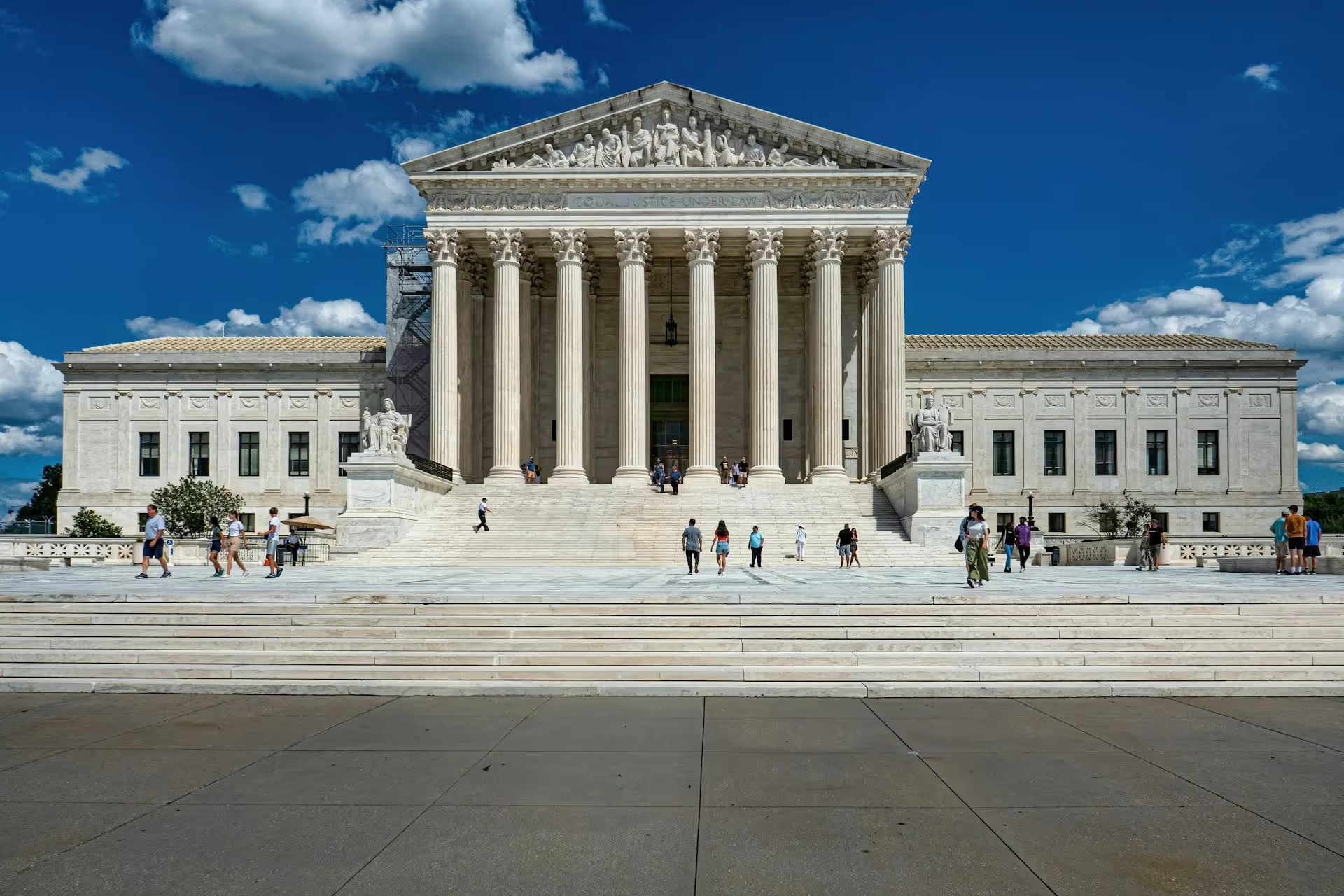
Amicus Brief: Hon. William P. Barr and Hon. Michael B. Mukasey in Support of Petitioners
Former AGs Barr and Mukasey Cite Civitas in a SCOTUS Brief

Rational Judicial Review: Constitutions as Power-sharing Agreements, Secession, and the Problem of Dred Scott
Judicial review and originalism serve as valuable commitment mechanisms to enforce future compliance with a political bargain.

What’s Wrong with a Military Campaign Against the Drug Trade
Trump’s boat strikes against the cartels risk crossing the line between law enforcement and war.
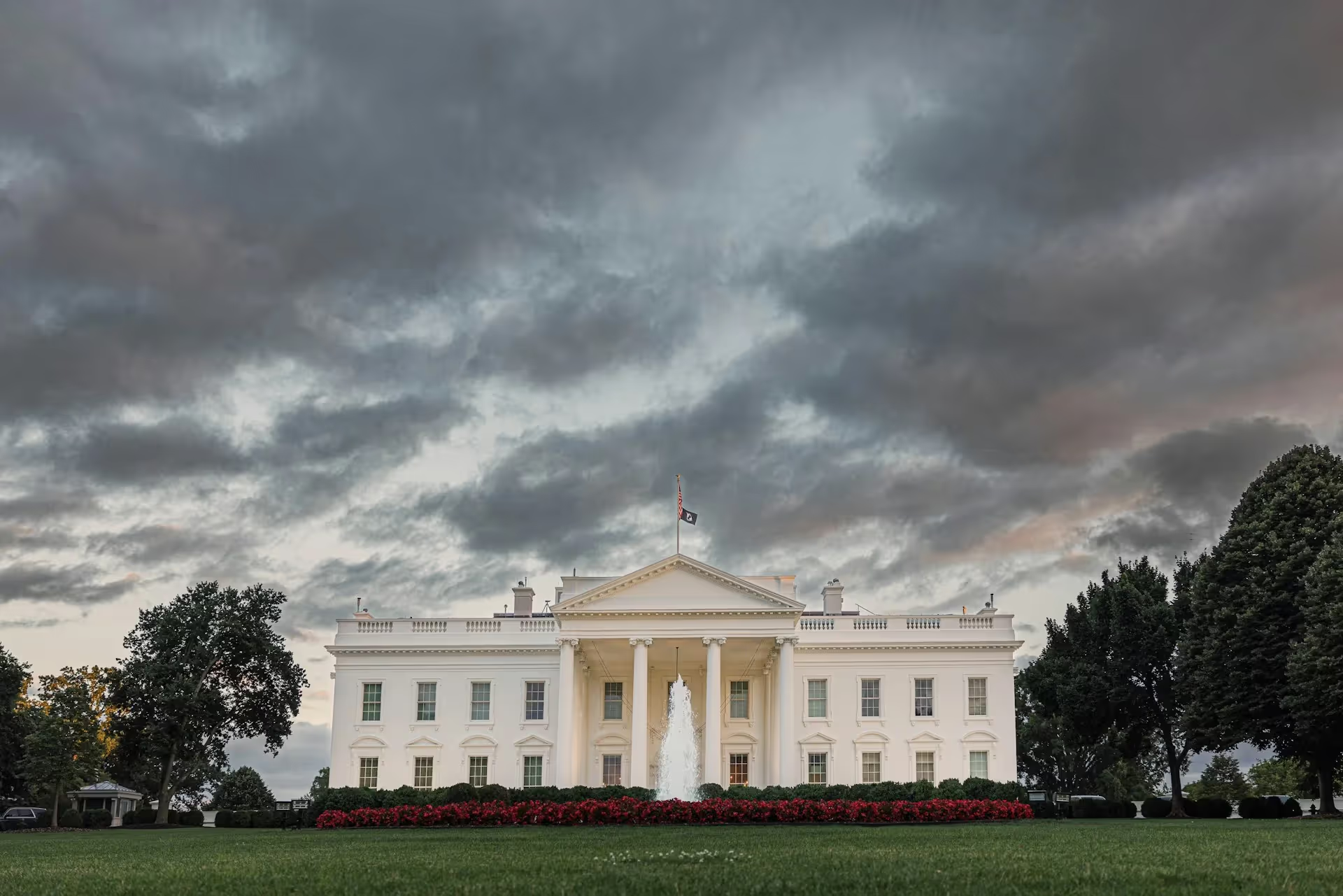
The Long History of Presidential Discretion
The Framers did not expect Congress to preauthorize every use of force or to manage military campaigns.

The Myth of Milliken
Shep Melnick evaluates Michelle Adams' new scholarly attempt to return Milliken v. Bradley and the story of Detroit school busing to the court of public opinion.

United States v. Lopez at 30: The Court’s Federalism Revolution Didn’t Happen
Why did the Court's federalism revolution go out with a whimper?


.avif)

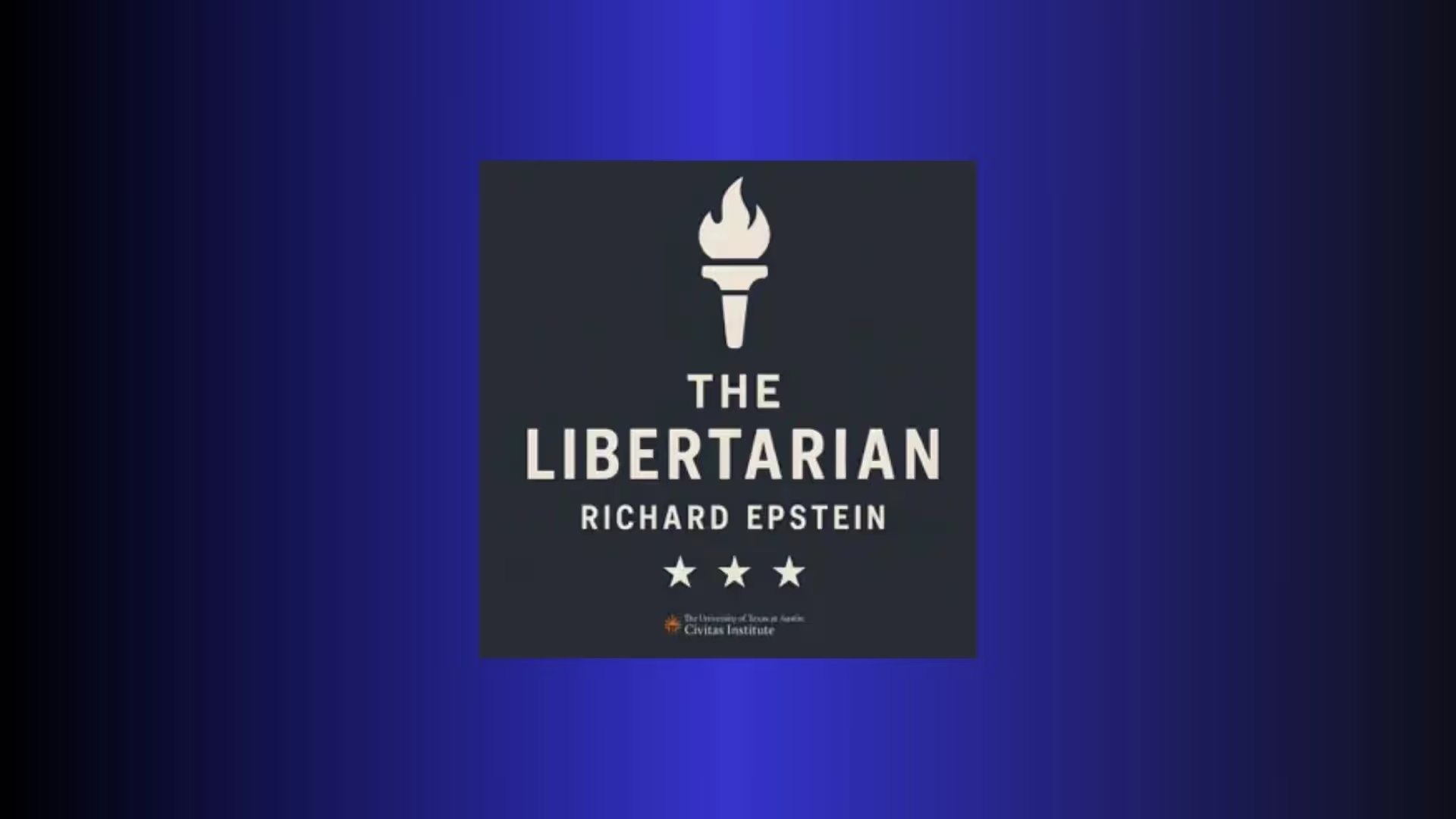
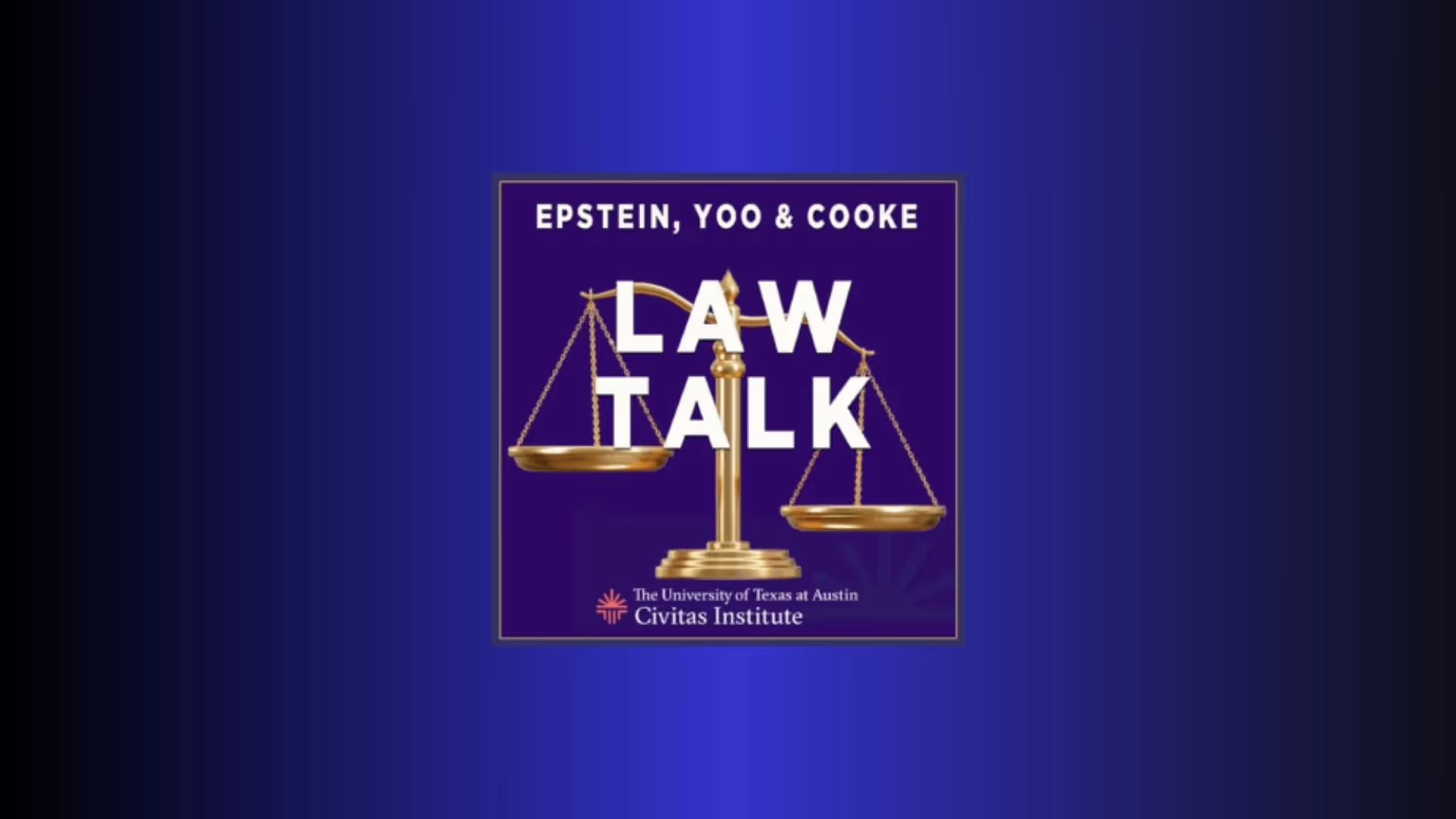



.avif)
.avif)

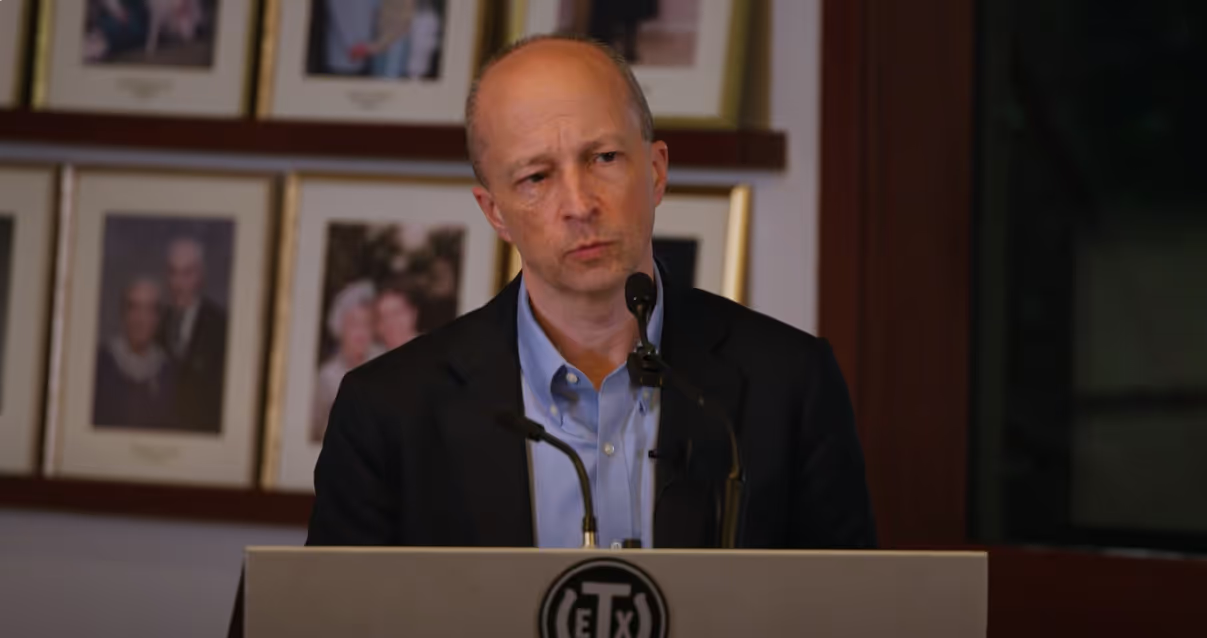
.webp)
.webp)

